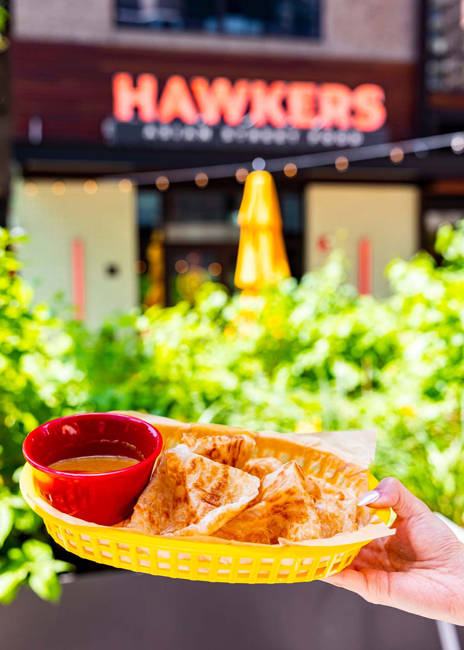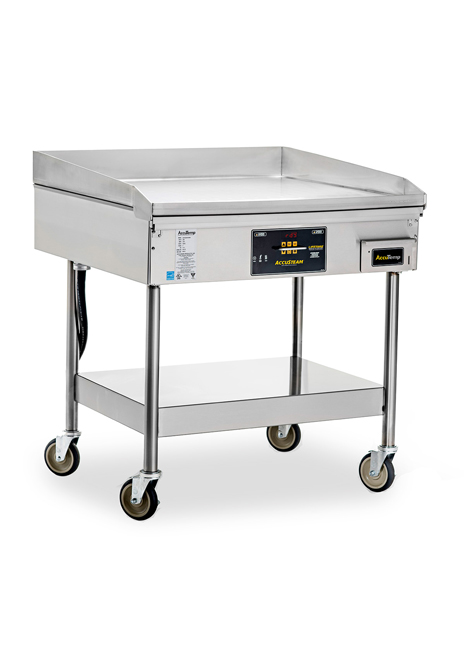 As if a worldwide pandemic wasn’t bad enough, today’s restaurants are contending with rising food costs, labor challenges and supply chain interruptions that have put many operators over the edge.
As if a worldwide pandemic wasn’t bad enough, today’s restaurants are contending with rising food costs, labor challenges and supply chain interruptions that have put many operators over the edge.
According to a July 29, 2022 report, the U.S. Department of Agriculture (USDA) recently raised its forecast on food price increases for 2022. The agency now estimates that all food prices will increase between 8.5% and 9.5% in 2022.
This means it is more important than ever to control food costs by working in tandem with vendors, reengineering and/or shrinking menus, purchasing products in bulk such as vegetables and meat, and minimizing waste.
In addition, finding qualified and dedicated staff has become more difficult, as the supply of workers is not keeping up with the demand.
Restaurant operators can create a positive environment where people look forward to coming to work. This starts with compensation and incentives that show the employees they are valued. Also, providing a safe and productive workplace with the appropriate equipment to do the job right and that is properly maintained to prevent breakdowns are key. In addition, safety measures that ensure no injuries occur on the job should be put in place and followed. This will minimize downtime for workers.
Supply chain challenges are out of everyone’s control, so managing this is not so cut and dried. For restaurant operators, it pays to be nimble and versatile. Being prepared with ingredient substitutions and alternative menu offerings goes a long way in handling product shortages that are inevitable in today’s climate.
There’s no doubt many of today’s challenges are unprecedented, but for those who think outside the box and can pivot, these issues can be overcome.
Griddle Ensures Temperature Consistency
Foodservice operations are always seeking equipment that provides the trifecta—consistency, efficiency and a return on investment. When it comes to griddles, where temperature variations and recalibrations are common, these goals can be more difficult to achieve.
 For Hawkers, a 13-site restaurant group offering Asian street food, a griddle was needed that made the most of its back of house space while increasing cooking consistency and efficiency.
For Hawkers, a 13-site restaurant group offering Asian street food, a griddle was needed that made the most of its back of house space while increasing cooking consistency and efficiency.
“I used AccuTemp’s griddles at another concept and knew what the units were capable of,” says Jonathan Rohland, Hawkers’ vice president of culinary. “We are growing quickly, and space and square footage always are an issue, as we need to get the most ROI out of our kitchens.”
The problem with planchas and griddle tops are that the heat distribution is not always balanced over every square inch of the space, plus service is regularly needed when equipment gets out of calibration.
“With AccuTemp’s griddles, every square inch is usable space since it is at the same temperature, and the units are deeper so we can cook quicker and more efficiently,” Rohland says.
Hawkers began using the AccuTemp griddles with its dumplings and best-selling Roti Canai, which is cooked Malaysian flatbread served with curry sauce. Its use was quickly expanded to include crispy duck and seared duckling.
“The cooking results are the number one reason we chose these griddles, but we also like how easy these are to clean and maintain,” Rohland says. “Right now, we have the units in about half our restaurants, but we will be equipping all Hawkers’ sites with the griddles.”



